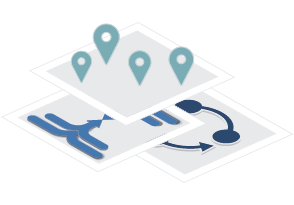Stopping Child Maltreatment before it happens
Approximately 1 in 7 children experienced child abuse and neglect in the last year across the United States, and this is likely an underestimate.[1]
The children at the greatest risk for maltreatment and related fatality are aged 0-3 years and share the distinctive characteristic of potential lack of visibility to the most common types of mandatory reporters such as teachers, medical professionals, and law enforcement before they sustain harm.
Approximately half of infants and children who die from child maltreatment are not known to child protection agencies before their deaths occur.[2]
